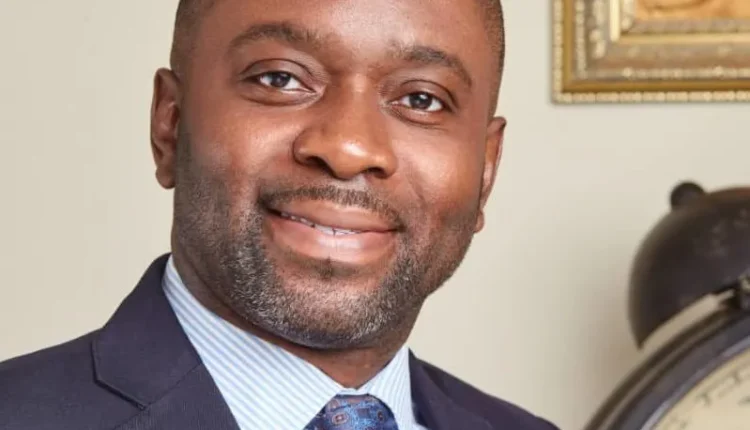Edward Nana Yaw Koranteng, the Chief Executive Officer of Ghana Minerals Income Investment Fund (MIIF) has disclosed that the Assets Under Management (AUM) for the fund will reach the One-billion-dollar mark by January of 2024, making it one of the fastest-growing specialized funds in the world over the same period.
According to the CEO of MIIF, the Fund is defying the odds and the general economic downturn plaguing the world by its meteoric rise in just 18 months, from a circa US$125 million dollars in October 2021.
“The growth trajectory of the Fund is attributed to the hard work of the entire team at MIIF. They have powered this incredible rise in the last 18- months. The key issues for us, as a Fund is keeping fidelity to the founding law and the President’s vision to create long-term sustainable value for Ghanaians. We have been able to build the AUM by innovatively expanding our royalties base, the performance of the gold sector, strategic investments, good asset allocation and our treasury management” he said.
Mr. Koranteng stated that Ghana has been the heartbeat of West African mining for centuries and currently the number one gold producer on the continent. He noted that the industry is however seen as not having met its promise of bringing long term prosperity and opportunity to Ghana.
He added, “It is on this premise that the President of Ghana, Nana Addo Dankwa Akufo Addo, envisioned the setup of the Minerals Income Investment Fund through an Act of Parliament (Act 978) in 2018 to manage all of Government of Ghana’s equity interests in mining companies, manage and invest royalties and dividends received from all minerals into selective investments across the entire mining value chain and to develop and implement measures to reduce the budgetary exposure of the Republic to minerals income fluctuations.”
Sources of Income
The main sources of income for the Fund are royalties and dividend payments. Royalties from the minerals are however the most constant with gold responsible for about 93% of all royalties. Ghana has about 15 royalties paying minerals including gold. The initial challenge for the Fund was on how to expand the royalties net which apart from large scale gold was unimpressive. The Fund in this vein developed two main initiatives.
The Fund in expanding the royalties base from non-gold minerals such as manganese, salt, sand winning, limestone and quarrying activities established an inter-agency framework and task force. This task force is made up of GRA, MDF, Ghana Standards Authority, Minerals Commission and EOCO. The framework is part of the strategic thrust of MIIF to enhance the collection of royalties, expand the royalties net and streamline communication on royalty payments from non-gold mining companies.
Since the initiative started in December 2021, MIIF, for the first time in its history, receives royalties from sand winners, salt and silver. Royalties from quarries and limestone activities have surged over 105% and 125% respectively.
The Fund has also developed an in-house geo mapping and monitoring system which allows a real time view of mining activities from selected mines in Ghana. This allows tracking of mining companies and payment of royalties on time with the support of the Inter Agency.
Sector Beyond Gold
“Gold is very important because it represents about 93% of our royalties” Edward Nana Yaw Koranteng stated.
The Fund has invested US$ 40 Million in Asante Gold Corporation which is listed in Canada, Germany and now on the Ghana Stock Exchange.
Asante owns the prolific Bibiani gold mine and the Chirano gold mine which used to be owned by Kinross of Canada. The investment in Asante has contributed to the highest Ghanaian stake in any international mine with an over 40% Ghanaian ownership.
MIIF is however, developing initiatives and investment programs to support the development of the other 16 mineral types in Ghana. To achieve the objective of developing a value laden integrated mining sector which would bring long term sustainable value to Ghanaians, it is important that MIIF directs/ investment in these mineral sectors and across their individual value chains.


Comments are closed.